Stinging Nettle Greens: Tips For Growing Nettle Greens In The Garden
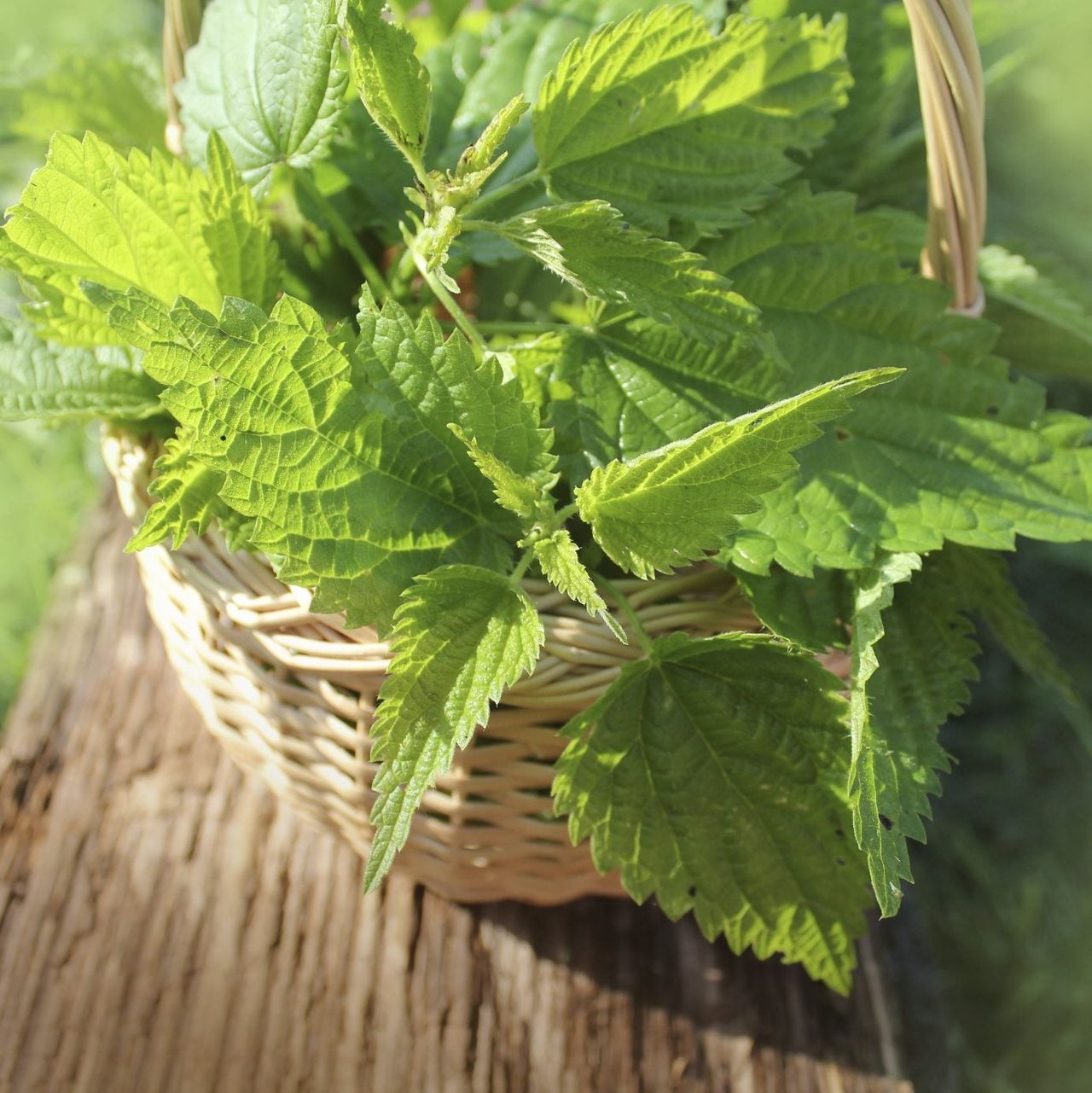
Stinging nettle greens have been used for centuries to treat joint pain, eczema, arthritis, gout, and anemia. For many people, a bracing cup of nettle tea is still a panacea for a wealth of health issues. It’s no wonder since stinging nettle greens are loaded with antioxidants as well as lutein, lycopene, and iron. The health benefits aside, stinging nettles are also delicious. How to grow stinging nettle greens in the garden then? Read on to learn more.
How to Grow Stinging Nettle Greens
Stinging nettle (Urtica dioica) are one of more than 50 varieties of nettle plants worldwide. A distant mint relative, stinging nettles are equally invasive and need to be sternly managed. Stinging nettles are an herbaceous, fast growing plant with leaves as well as stems, which are covered with tiny, hollow, silica tipped hairs and can grow to about 4 feet (1 m.) tall. They developed the stinging hairs to discourage animals from feeding on them. If you aren’t interested in growing stinging nettles to ingest, you might still want to grow them to deter deer from nibbling on your other plants or to use as fertilizer. Start seeds inside about four to six weeks prior to the last frost-free date for your area. Plant one to three seeds in peat pots filled with potting soil. Lightly cover them with ¼ inch (1 cm.) of soil. Keep the growing stinging nettle seeds moist. Germination should occur by about 14 days. You may also direct sow nettle greens in the garden. Choose a spot that has rich, moist soil a little way from any other herbs. Seed in the spring in rows that are an inch (2.5 cm.) apart and keep the area moist. If you started your nettle inside, transplant the growing nettle greens into a prepared garden bed, spaced at least 12 inches (31 cm.) apart.
Harvesting Nettle Greens
Your nettles will be ready to harvest between 80 and 90 days from seed. The best time to harvest nettles is the first few weeks of spring when the leaves are young and tender. The plant will be under a foot (31 cm.) in height. Pick the first two or three pairs of leaves from the top of the plants. You can continue to harvest through the summer, but the stalks and stems will be very fibrous, so just take the top few pairs of leaves. Be sure to wear gloves and lots of clothing. In fact, dress as if you are going into battle before harvesting nettle greens. Otherwise, the tiny hairs will embed themselves into your skin, making life pretty uncomfortable. Those tiny hairs contain several chemicals that cause a burning, stinging feeling that can last for hours. Use sharp scissors or garden shears outside and handle the nettles with tongs in the kitchen. Cooking the nettles will obliterate those pesky hairs.
Gardening tips, videos, info and more delivered right to your inbox!
Sign up for the Gardening Know How newsletter today and receive a free download of our DIY eBook "Bring Your Garden Indoors: 13 DIY Projects For Fall And Winter".

Amy Grant has been gardening for 30 years and writing for 15. A professional chef and caterer, Amy's area of expertise is culinary gardening.
-
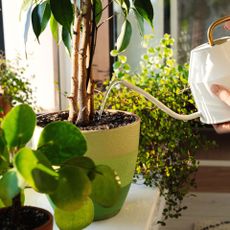 Feeding Houseplants: How And When To Fertilize Indoor Plants Like A Pro!
Feeding Houseplants: How And When To Fertilize Indoor Plants Like A Pro!Container-based houseplants have specific feeding needs over and above plants grown in the ground. Here’s how and when to fertilize indoor plants the right way
By Bonnie L. Grant
-
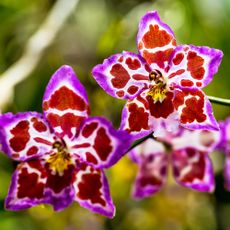 8 Rare Orchids That Make Stunning Houseplants – Some Are Surprisingly Easy To Grow
8 Rare Orchids That Make Stunning Houseplants – Some Are Surprisingly Easy To GrowDiscover unique orchids that will add exotic beauty to your home. Some make easygoing houseplants, while others offer a challenge for more seasoned growers.
By Melanie Griffiths
-
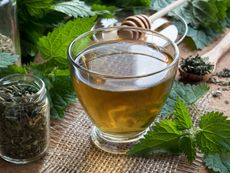 Stinging Nettle Tea: Health Benefits Of Nettle Tea And How To Brew A Cup
Stinging Nettle Tea: Health Benefits Of Nettle Tea And How To Brew A CupStinging nettle tea is rich in vitamins, minerals, and antioxidants. Read on to learn about nettle tea benefits and how to make nettle tea.
By Amy Grant
-
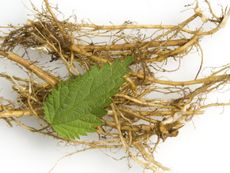 Harvesting Nettle Root: Uses For Stinging Nettle Root
Harvesting Nettle Root: Uses For Stinging Nettle RootHarvesting nettle root requires finesses and caution. Some tips and tricks on how to harvest stinging nettle roots without getting bitten by the stingers can help keep you safe as you collect this potentially troublesome, yet beneficial, plant. This article can help.
By Bonnie L. Grant
-
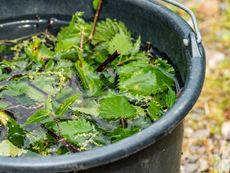 Nettle Garden Fertilizer: Information On Making And Using Nettles As Fertilizer
Nettle Garden Fertilizer: Information On Making And Using Nettles As FertilizerStinging nettle is a weed with a variety of beneficial uses, from a food source to a medicinal treatment to nettle garden fertilizer. This article covers its use as plant food. Click here for more information.
By Amy Grant
-
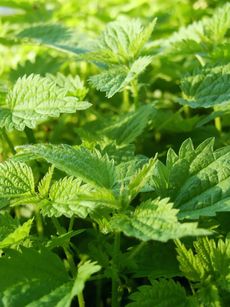 Controlling Stinging Nettle: Getting Rid Of Stinging Nettle Weeds
Controlling Stinging Nettle: Getting Rid Of Stinging Nettle WeedsMost of us have heard or know of stinging nettle. It is common in yards and can become quite the nuisance. For those unsure of what it is or how to get rid of it, information about its control is important. Learn more here.
By Amy Grant